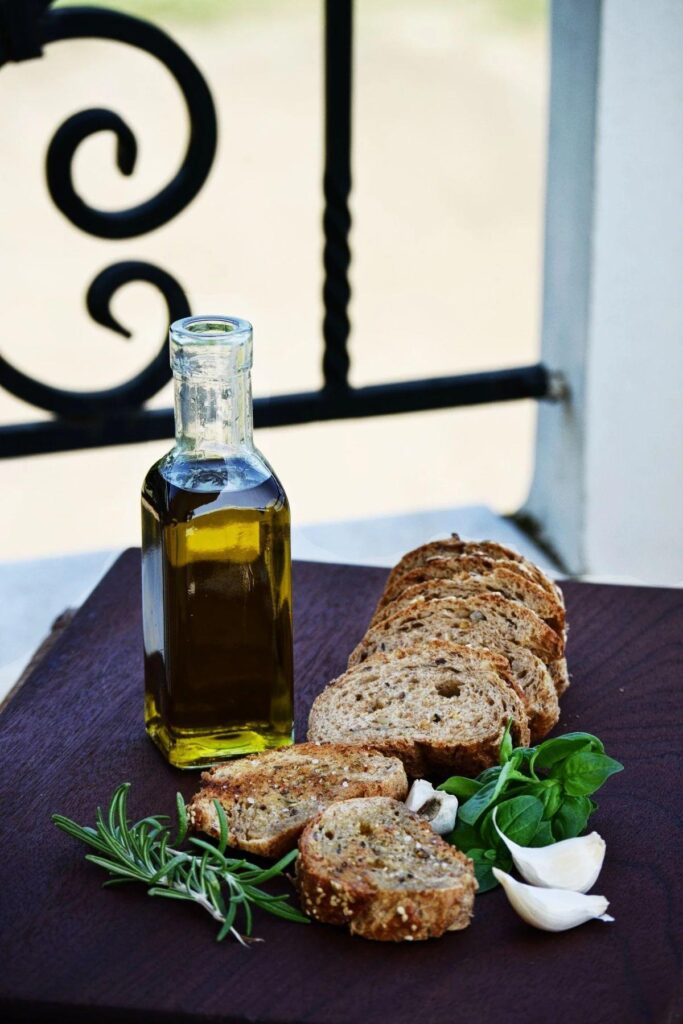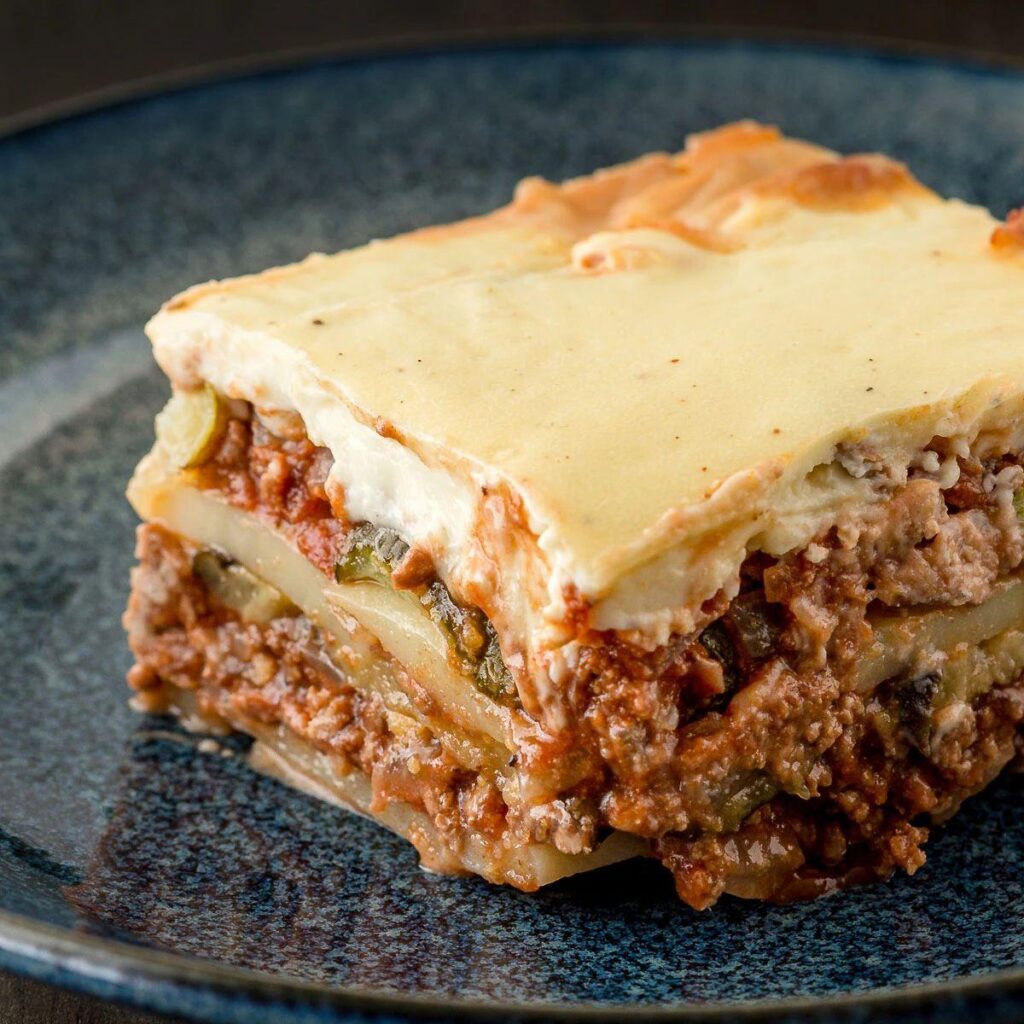Greece, often dubbed the jewel of the Mediterranean, isn’t just famous for its blue seas and whitewashed buildings. Its Greek food is a flavorful journey that blends tradition, history, and fresh ingredients.

The Roots of Greek Cuisine
Greek food has been shaped by centuries of history. One of the most significant influences came from the Ottoman Empire, which ruled Greece for nearly 400 years. As a result, many Greek dishes share similarities with neighboring Turkish cuisine.

A perfect example is the iconic Greek dish Gyro, closely related to the Turkish kebab. While both feature seasoned meats cooked on a vertical rotisserie, subtle differences in seasoning and serving set them apart.

The Mediterranean Bounty
Greece’s proximity to the Mediterranean Sea means access to an abundance of fresh seafood. In Athenian markets, it’s common to find vendors selling the day’s catch straight from the boats.

Another Mediterranean staple is the olive, and Greece’s sun-drenched olive trees produce some of the finest olive oil in the world. This oil is the heart of Greek cooking, enhancing everything from fish to legumes.

Lemon is another star in Greek kitchens. Far from a mere garnish, lemon juice is generously squeezed over meat dishes, balancing richness with a bright acidity that becomes addictive over time.


Greece’s Favorite Street Food: Gyro
Walk through any Greek town and you’re bound to see (and smell) sizzling Gyros. A vertical spit roasts juicy layers of pork or chicken, shaved off and stuffed into a warm pita bread.

Topped with fresh tomato, onion, crispy fries, and a generous dollop of tzatziki (a tangy yogurt-cucumber sauce), Gyros are a symphony of textures and flavors. They’re affordable, filling, and absolutely delicious.

The Greek Moussaka: Layered Comfort
Moussaka is often described as the Greek answer to lasagna. But instead of pasta, it layers creamy béchamel sauce, seasoned ground beef, and roasted eggplant.

Though variations of moussaka exist throughout the Mediterranean, the Greek version is uniquely hearty. It takes hours to prepare properly, requiring carefully spiced meat, rich sauces, and slow baking. A true labor of love.

H3: Greek Yogurt: A Culinary Chameleon
Unlike the drinkable versions found in other countries, Greek yogurt is thick and spoonable. It’s typically sold in large tubs and eaten with a spoon or used in cooking.

One of the most beloved applications is in tzatziki sauce, made from yogurt, cucumber, garlic, and olive oil. Spread on pita or paired with grilled meats, it’s refreshing and satisfying.

Greek yogurt is also used in desserts. A traditional favorite is a simple combination of yogurt, honey, and crushed nuts—a perfect blend of tangy, sweet, and crunchy.

H3: More Must-Try Greek Dishes
- Greek Salad
- Gemista: Tomatoes and peppers stuffed with rice
- Fasolada: A hearty white bean soup
- Avgotaraho: Cured fish roe
A Culinary World Within a Country
Greece’s mountainous terrain and scattered islands create regional variations that are as diverse as they are delicious. From grilled meats and seafood to rich stews and vibrant salads, Greek cuisine is a testament to the country’s natural bounty and deep-rooted culinary traditions.




















